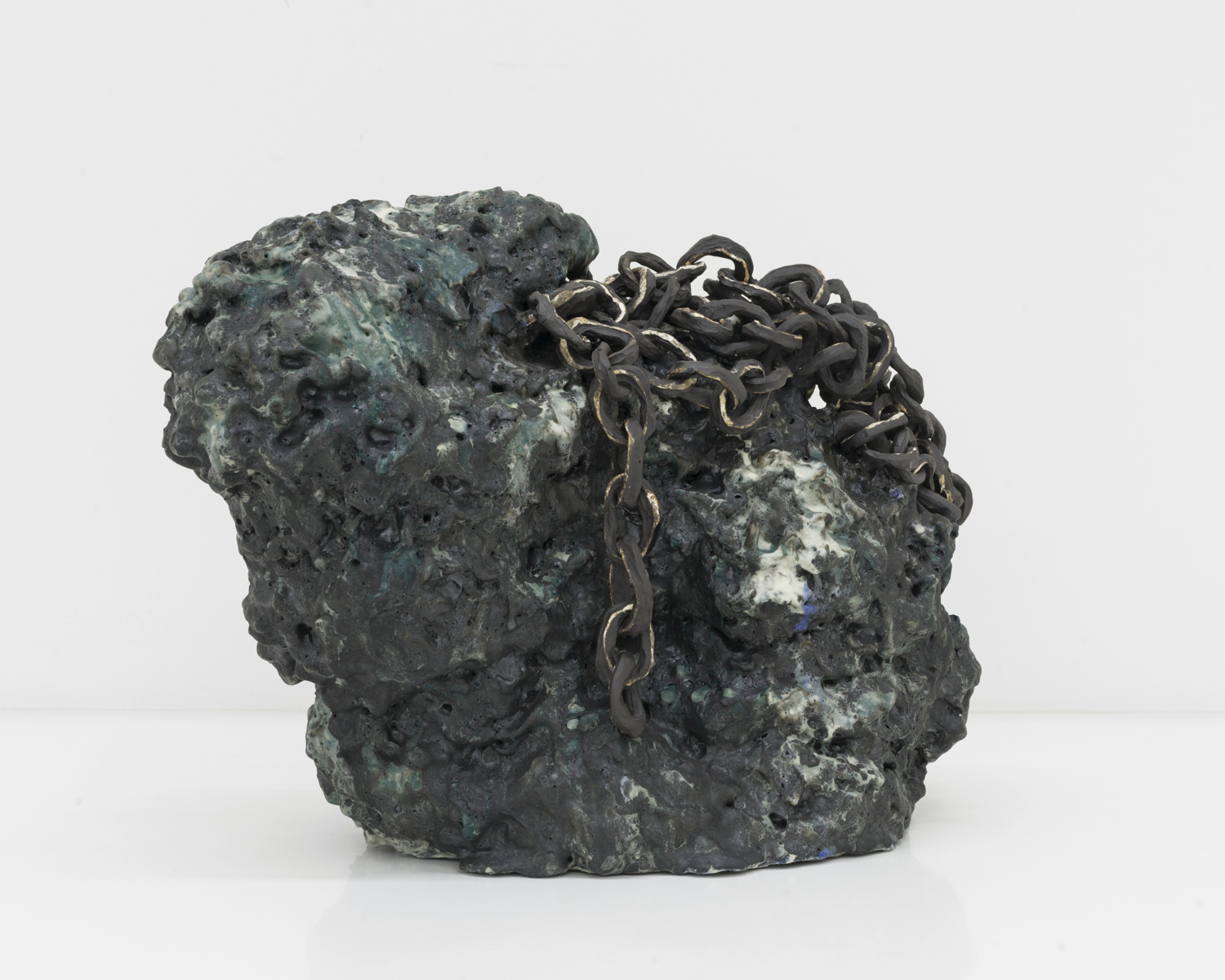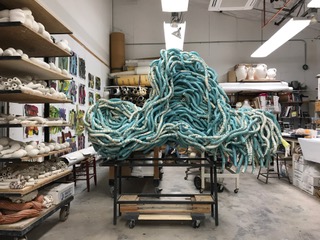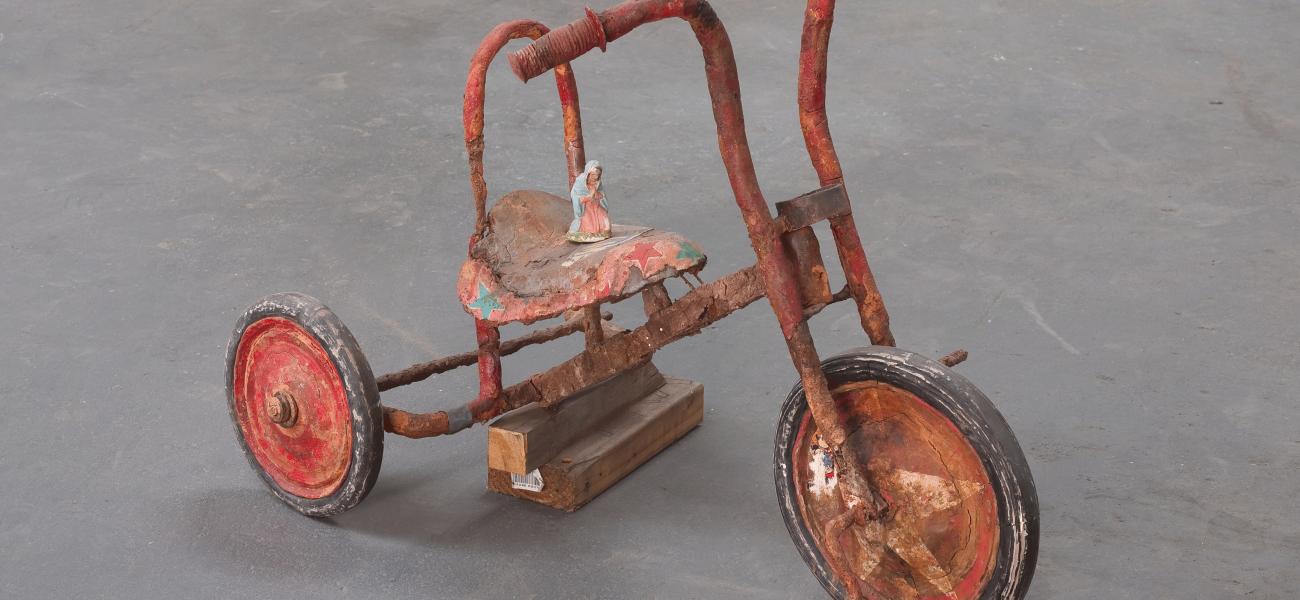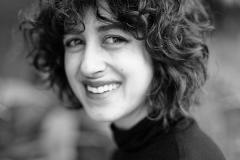
Representation is key to changing patterns of exclusion. My story of navigating through ceramics education is an example of the positive effects of representation. I have had female mentors throughout, specificallyAnnabeth Rosen and Kristen Morgin, whom I still lookto for proof that success is possible, even if you do not fit into the traditional professor image. Rosen and Morgin are innovative leaders that refuse to be defined by their gender. Both express female in a nuanced, multi-form and unconventional way. From their example, I learned the complexity of what being a woman can mean. Through their leadership I was able to visualize a career in art.
In 2003, I was an art and international relations double major at the University of California, Davis. Most classes in the Political Science department, at that time, were taught by older white men with whom I could not relate. My dreams of making change through political theory quickly turned stale. However, in the Ceramics department, I met Rosen, the Robert Arneson Endowed Chair at Davis since 1997. Rosen transmits knowledge to her students with unmeasurable power and teaches ceramics somewhat unconventionally. We did not have wheel-throwing classes, and I was rarely shown a demo. We were encouraged to build large sculptures on the floor, to work quickly, and in multiples. I learned not to get attached to an idea, but to be open to change and accident. Rosen created a community in the studio where we worked hard, but cooperatively. Our critiques were rigorous and conceptual, rarely based on technique and craftsmanship. Ceramics was presented as an art form, a means to an end; all the while encouraging technical basics to provide the freedom to experiment. We visited both ceramic events, non-ceramic events, and museums as a class. Rosen was my model for bridging the ceramics and fine art worlds. After graduating, she encouraged me to apply to residencies, find a post-baccalaureate studio, and later to apply to graduate school. She continues to provide honest advice that helps me navigate a confusing industry.


